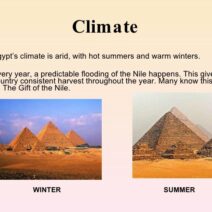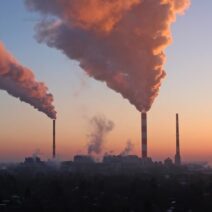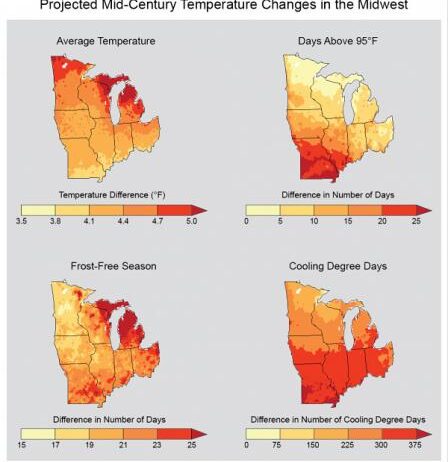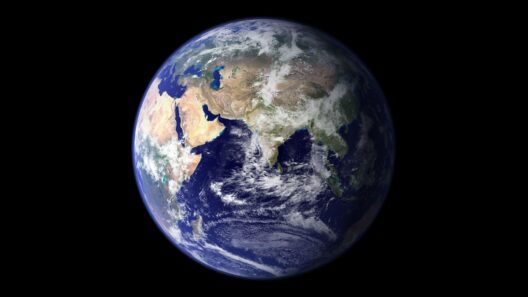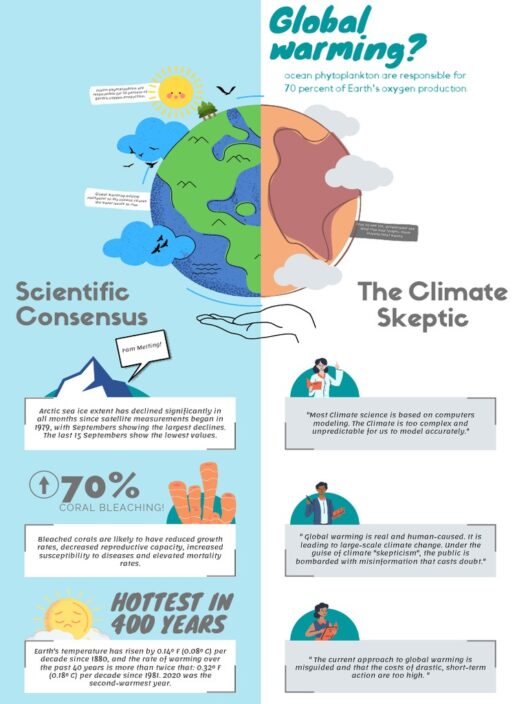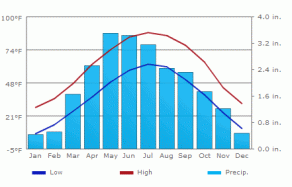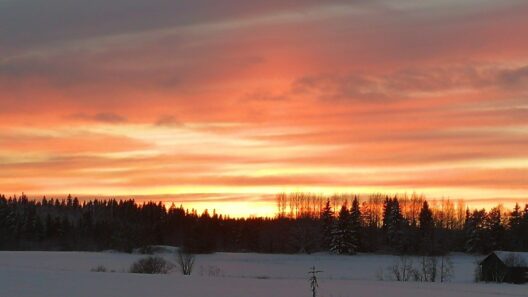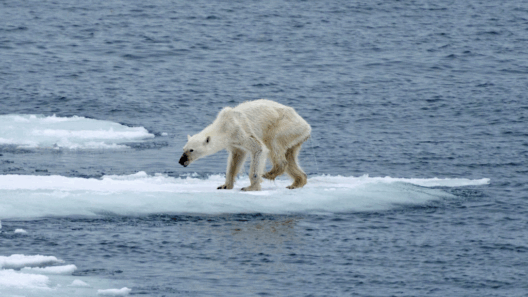The Midwest, often referred to as America’s Heartland, embodies a tapestry of climatic conditions shaped by its unique geographical and topographical characteristics. Spanning across the central part of the United States, the region includes states like Illinois, Ohio, Michigan, Indiana, Wisconsin, Iowa, Minnesota, and Missouri. Understanding the climate of the Midwest entails appreciating the dynamic interplay of various factors such as geography, seasonal changes, and human activities.
As one traverses this region, the most apparent climatic element is its pronounced four-season cycle. Spring heralds the rejuvenation of flora and fauna after the harsh winter, while summers are characterized by warm and sometimes sweltering temperatures. Fall showcases a spectacular transformation of colors in the foliage, and winter blankets the landscape in snow. Each of these seasons plays a crucial role in defining the identity of the Midwest, both economically and ecologically.
Spring emerges with an exuberance that captivates residents and visitors alike. It begins to unfurl around March, with temperatures gradually climbing from their winter nadir. Rainfall becomes increasingly frequent, nourishes the burgeoning soil, and awakens dormant crops. The Midwest’s agricultural economy heavily relies on this vibrant season; as farmers prepare their fields, planting various crops such as corn and soybeans. This time of year is exhilarating, marked by the hustle of farm equipment and the symphony of nature awakening—a transformation from the stark barrenness that winter leaves behind.
With the approach of summer, the Midwest experiences a distinct shift in temperatures. June through August can deliver oppressive heat waves, occasionally exceeding 90°F (32°C). Such conditions are accompanied by increased humidity, culminating in thunderstorms that are often severe, resulting in intense rainfall and the potential for catastrophic flooding. The Midwest’s flat plains influence weather patterns significantly, allowing warm moist air from the Gulf of Mexico to clash with cold air from Canada. This interaction can result in dramatic weather phenomena, including tornadoes—an indelible aspect of Midwestern culture and a source of both fascination and trepidation.
Transitioning into autumn, the spectacle of changing leaf colors paints the landscape in vivid hues of gold, amber, and crimson. This metamorphosis, which typically peaks in October, is not merely aesthetic; it signifies the onset of cooler temperatures and the preparation of nature for the impending dormancy of winter. Harvest season is in full effect as farmers gather their crops, competing against the clock to reap the rewards of spring’s labor before the first frost arrives. This intimate connection between the season and agriculture renders autumn a critical period for the Midwest economy, fostering a sense of community during harvest festivals and other regional celebrations.
Winter in the Midwest possesses a stark beauty, transforming the landscape into a serene wonderland. Temperatures plummet, often ranging from -10°F (-23°C) to 30°F (-1°C), and snowfall varies greatly across the region. The effectiveness of winter; snow molds the Midwest’s identity, influencing countless recreational activities such as skiing, snowmobiling, and ice fishing, which are intrinsic to the culture of the Heartland. However, harsh winter conditions also pose challenges, impacting transportation, infrastructure, and agriculture. The stark contrasts of this season evoke questions about resilience and adaptation, emphasizing the innate capacity of Midwesterners to endure and thrive despite climatic adversities.
Climate change is an overarching issue that significantly affects the seasons in the Midwest. Researchers observe that temperature patterns are shifting, with winters becoming milder and summers increasingly erratic. There is a growing prevalence of extreme weather events, rising precipitation levels, and alterations in traditional growing seasons. These fluctuations raise alarms about long-term agricultural viability, water supply, and ecosystem sustainability. Endangered species and invasive flora and fauna increasingly threaten the delicate ecological balance, underscoring the urgent need for dialogue, research, and action to mitigate these changes.
Understanding the Midwest climate extends beyond seasonal changes; it encapsulates the socio-economic intricacies that arise from these environmental patterns. Agriculture remains a cornerstone of the Midwestern economy. The region produces a substantial percentage of the nation’s corn and soybeans, and farmers are often at the mercy of the capricious climate. The dialogue surrounding climate practices, sustainable farming, and technological innovations offers opportunities for transitioning the Midwest into a model of resilience against climate variability. Such adaptations are essential for not only preserving the ecosystem but also ensuring that farming remains viable for future generations.
The fascination with the Midwest climate is multifaceted; it beckons inquiries into its fluctuations, the resilience of its people, and the robust relationship between nature and human enterprise. Seasonal changes evoke nostalgia and resonate deeply within the cultural fabric of the region, intertwining tradition and innovation. Communities come together to celebrate the cycles of life offered by the climate, embracing its challenges while reaping its bounties. This is an ever-evolving narrative, one that embodies the spirit of the Midwest and its enduring connection to the environment.
As societal consciousness regarding climate change expands, so does the opportunity to foster collaboration and engage in dialogue. The Midwest stands at a precipice, a place where climate shifts can prompt transformations—both in understanding and action. Investing in sustainable practices, enhancing renewable energy sources, and fostering environmental awareness will be paramount. Ultimately, the story of the Midwest climate is a compelling reminder of the intricate bond between humans and the natural world, urging us to innovate and adapt in the face of inevitable change.

